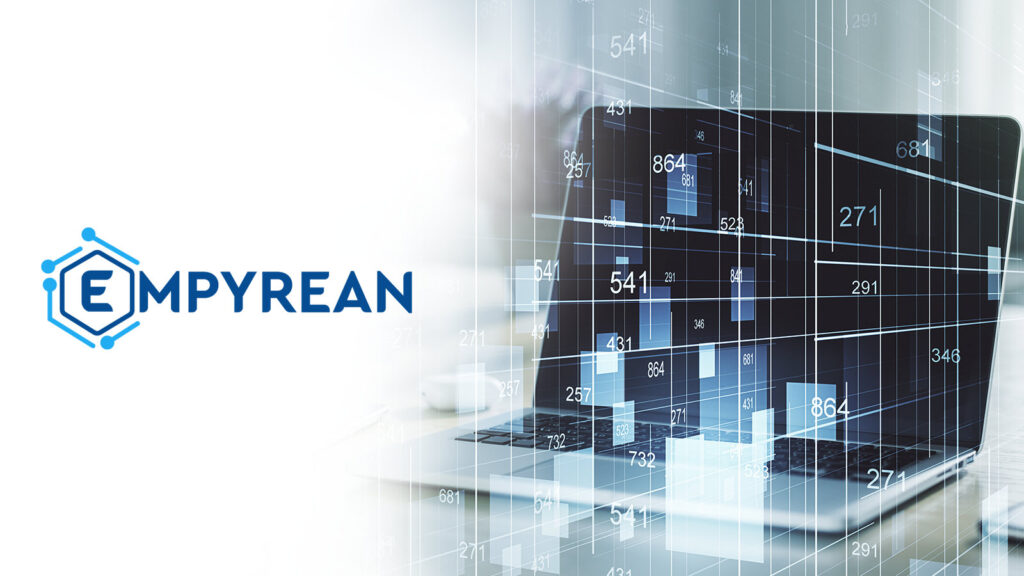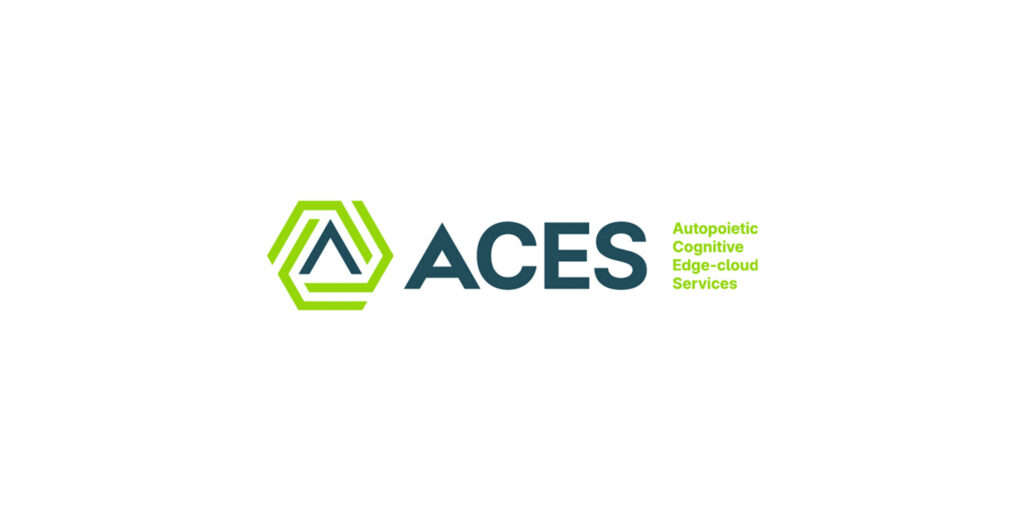Article by Golboo Pourabdollahian
Co-coordinator of EUCloudEdgeIoT.eu, under Unlock-CEI, Consulting Manager at IDC – European Government Consulting
Computing continuum is emerging as an integrated environment that incorporates and blends together sensors, automated devices, edge computing, and centralised cloud computing in a way that is tailored to the specific needs of a use case and organisation. Such a continuum forms the foundation for a modern integrated information and operations technology. Organisations then utilise a mix of complementary technologies, such as robotics, big data, analytics, drones, and artificial intelligence, to achieve their complete technology solutions.
Today, 80% of the processing and analysis of data takes place in data centres and centralised computing facilities, and 20% in smart connected objects. With increasing computing and processing needs, edge computing will join cloud computing as the next important part of digital infrastructures, and the convergence of Cloud and Edge will serve as an enabler of future developments. In Europe, Edge computing spending is expected to grow from nearly €36bn in 2022 to €75bn in 2026 with a compound annual growth rate (CAGR) of 14.6%[1]. According to a recent survey conducted in the UNLOCK-CEI project, 35% of European respondents plan to start using Edge by 2025[2].
Many IoT use cases require rapid response and automated control systems. Storing, protecting, and analysing data at the edge helps end users, and applications access it more quickly than if sent to distant, centralised clouds or data centres. By distributing the workload across the CEI computing continuum, organisations can increase performance and cut costs. Edge infrastructure has the overarching role of facilitating the processing of time-sensitive and/or bandwidth-heavy applications close to the data source, while cloud provides the necessary computing and storage capabilities to aggregate data from disparate sources and to allow solutions to scale in geographical coverage. CEI computing continuum will be a crucial facilitator for the adoption of high-relevance use cases such as precision agriculture, smart grids, bedside telemetry, asset monitoring and smart logistics.
Creating this CEI environment—a computing continuum of data collection, storage and processing from edge to cloud—will be an essential component of a globally competitive, secure and dynamic data-agile economy in Europe. Europe has the opportunity to shape this technological paradigm and creates its role as a key player in the worldwide CEI ecosystem and further progress towards digital autonomy and economic resiliency. European companies should leverage their strong expertise and sectoral competences to generate value through the development of technological solutions, standards, and practices to target the increasing worldwide market of CEI.
To seize the opportunity, it is crucial to tackle several open points for the CEI paradigm shift. While, on one hand, more collaborative work is needed in terms of CEI architecture, open-source and taxonomy, there is also the crucial need to fully understand the needs and requirements of European adopters, the CEI ecosystem and market trends to ensure the alignment of technological solutions with the market needs. The formation of an integrated CEI value chain where there is an established dialogue among the key stakeholders (technology providers, infrastructure providers, system integrators, end-users, etc.) is an important step to facilitate this paradigm shift.
The European Edge-Cloud-IoT initiative has its mission to join forces and address some of the challenges of the transition towards CEI. The initiative aims to realise a pathway for the understanding and development of the Cloud, Edge and IoT (CEI) Continuum by promoting cooperation between a wide range of research projects, developers and suppliers, business users and potential adopters of this new technological paradigm.





